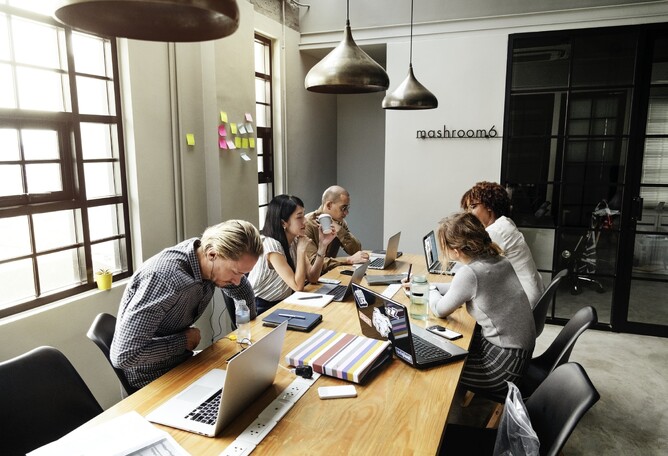Meetings are a part of business, whether it’s meetings with your team members, with your business associates, or with community groups. Here are some ways that you can make your next meeting a success as well as a pleasant experience for all those who attend.
Provide sufficient advance notice
Plan your meeting well ahead of time and make your invitations informative. Include details such as the meeting venue, the starting and finishing times, the agenda and what should be brought by those attending. If possible, give those you want to attend a minimum of a week’s notice so they can either schedule it in or tell you well ahead of time if they’re unable to attend.
Start and finish on time
The meeting should always begin at the time stated on the invitation. Even if you know others will be arriving shortly thereafter, start the meeting on time and don’t let latecomers interrupt it. It’s also important that your meetings finish as scheduled to show that you respect the value of other people’s time.
Work to an agenda
To be effective a meeting should be run to an agenda, with each issue managed so as to stay within a stipulated period of time and to stick to the point. If people know exactly what’s expected of them in the meeting they’ll be more likely to focus on the topic under discussion and avoid becoming distracted.
Pay attention and use eye contact
If you’re the only person speaking it’s not a meeting – it’s a lecture. Encourage others to participate and when they do, use eye contact to show that you’re listening to them and thinking about what they’re saying. When they’ve finished you might summarise what they’ve said or ask a clarifying question. This is not only courteous, it will also enable you to continue managing the meeting even if others are speaking.
Make your guests comfortable
If you anticipate the needs of your guests during the meeting they’ll be impressed by your professionalism. Have a pitcher of water and glasses available for all participants and put some bowls of mints on the table too. If it’s an especially long meeting allow for a five minute comfort break at least each hour - but be sure to restart the meeting promptly at the end of the break period. If your meeting overlaps a mealtime provide food that can be eaten comfortably by people standing up and allow a twenty minute break to eat it.
Have all materials on hand
Each participant should have a pad of paper and a pen or pencil at their seat. A copy of the agenda is also essential. Rather than having things passed around the table during the meeting, have a copy of every item at each place. If you’re concerned about attendees ‘jumping the gun’ and seeing something ahead of time, put it in a sealed envelope and let them know at the start of the meeting that it’s to be opened later on when you ask them to.
Don’t let big talkers dominate the meeting
In most groups there are ‘talkers’ and ‘listeners’. Giving too much time and attention to the talkers can mean missing out on valuable contributions from those less inclined to speak up. You might go around the room and ask individuals what they think about what’s been said rather than asking for them to put up their hands, or simply assign everyone a one or two minute opportunity to give their view about what’s been discussed.
Record ideas on a flip chart or whiteboard
As people in the audience contribute, make a note of their comments on a flip chart or whiteboard. This will remind everyone of what’s been said during the meeting and give you the chance to invite comments from anyone who hasn’t yet spoken up. It also makes it much easier for you to give a recap of what’s been covered at the windup of the meeting. If appropriate, summarise the meeting’s highlights and send a copy to everyone who attended.

